Reddit announced Thursday that it is expanding its AI-powered search experience to five new languages: French, German, Spanish, Italian, and Portuguese. With this expansion, the feature is now available in countries like Brazil, France, Germany,…
Blog
-
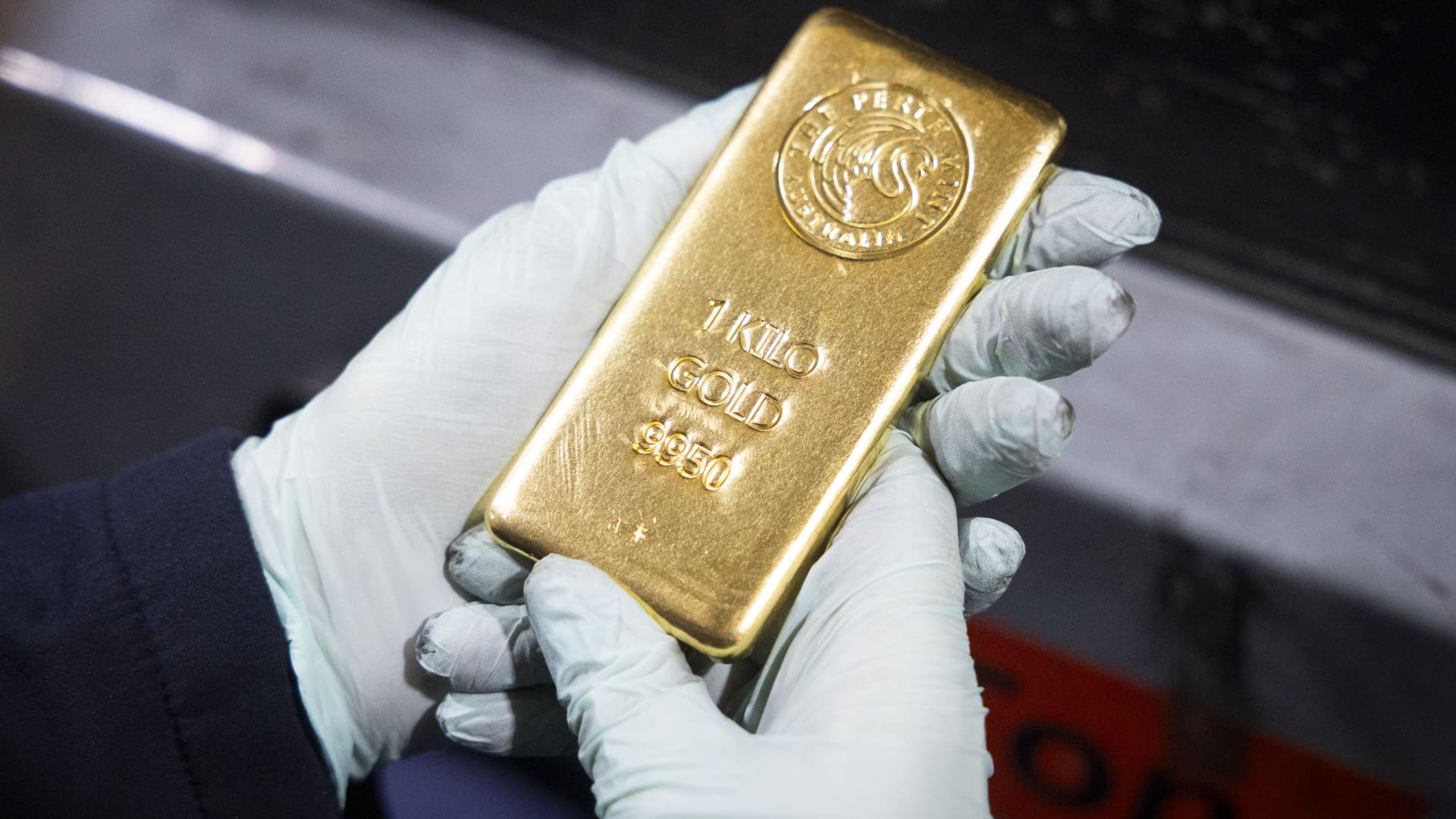
Gold rallies beyond $4,300/oz, set for best week in five years
Gold notched a new high above $4,300 an ounce on Friday and was poised for its best week in five years, as signs of weakness in U.S. regional banks, global trade frictions and expectations of more rate cuts sent investors flocking to the safe-haven metal.
Bloomberg | Bloomberg | Getty Images
Gold notched a new high above $4,300 an ounce on Friday and was poised for its best week in five years, as signs of weakness in U.S. regional banks, global trade frictions and expectations of more rate cuts sent investors flocking to the safe-haven metal.
Spot gold was up 0.3% at $4,336.18 per ounce, as of 0233 GMT, after reaching a fresh high of $4,378.69 earlier in the session. U.S. gold futures for December delivery jumped 1% to $4,348.70.
Bullion has risen about 8% so far this week in what would be its best week since March 2020, notching a record high in each session.
Spot silver fell 0.7% to $53.86 per ounce, but stayed on track for a weekly gain. Earlier in the session, prices reached a record high of $54.35, tracking the rally in gold and a short squeeze in the spot market.
“(For gold) $4,500 could arrive as a target perhaps sooner than expected, but much may depend upon how long concerns about U.S.-China trade and the government shutdown linger over the market for,” said KCM Trade Chief Market Analyst Tim Waterer.
China levelled fresh accusations against the U.S. of causing panic over its rare earth controls, while rejecting calls to reverse export curbs.
Meanwhile, Federal Reserve Governor Christopher Waller voiced support for another rate cut due to labour market concerns.
Investors are expecting a 25-basis-point reduction at the Fed’s Oct. 29-30 meeting and another reduction in December.
Elsewhere, Wall Street closed lower on Thursday, with signs of weakness in regional banks spooking investors already on edge over U.S.-China trade tensions.
“The flare-up in U.S. regional bank credit concerns has given traders one more reason to buy gold,” Waterer said.
Non-yielding bullion, which tends to do well in a low interest rate environment, has gained more than 65% year-to-date, driven by geopolitical tensions, aggressive rate-cut bets, central bank buying, de-dollarisation and robust exchange-trade fund inflows,
On the geopolitical front, U.S. President Donald Trump and Russian President Vladimir Putin agreed on Thursday to another summit on the war in Ukraine.
Western nations continued to pressure Russia over its oil sales, with Britain imposing sanctions on major Russian oil firms.
Platinum fell 0.7% to $1,701.0 and palladium lost 0.4% to $1,607.93. Both metals were headed for weekly gains.
Continue Reading
-

Google DeepMind and Yale Unveil 27B-Parameter AI Model That Identifies New Cancer Therapy Pathway
Google DeepMind, in collaboration with Yale University, has announced Cell2Sentence-Scale 27B (C2S-Scale), a 27-billion-parameter foundation model built to understand the language of individual cells.
“C2S-Scale represents a new…
Continue Reading
-
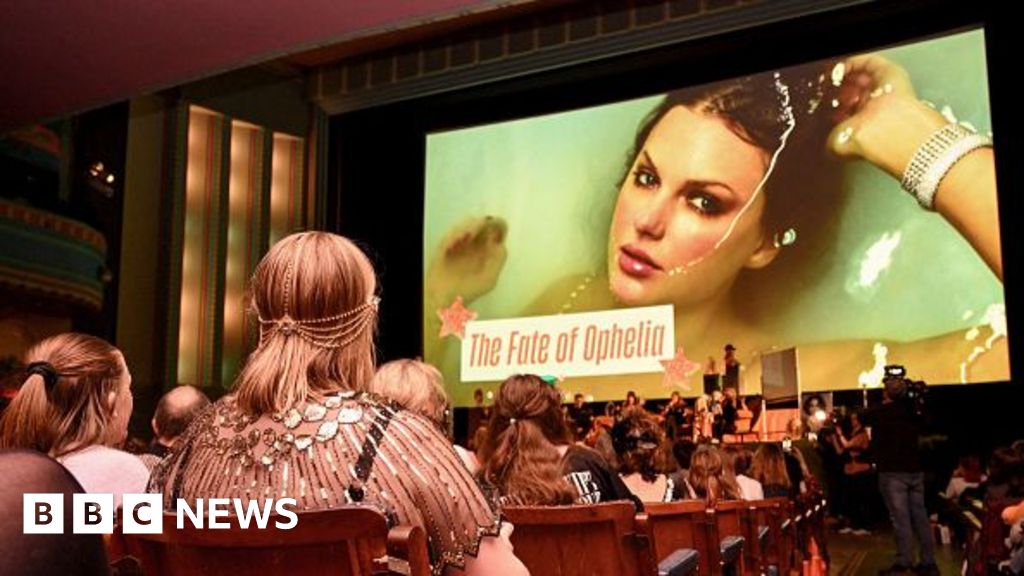
Taylor Swift fans flock to German museum to see Ophelia painting
Taylor Swift fans are driving a surge in popularity of a German museum exhibiting a portrait of the Shakespeare character Ophelia, recently reimagined in a song and music video from Swift’s new album The Life of a Showgirl.
The Hessische…
Continue Reading
-

Britain’s landmark agricultural gene editing law kicks in next month. Here’s what to expect
Over the next few years, we could see the arrival of not just genetically altered tomatoes, but also bananas and potatoes, with traits such as lasting longer, having higher nutrients, and they could (in theory) even be cheaper too.
For…
Continue Reading
-
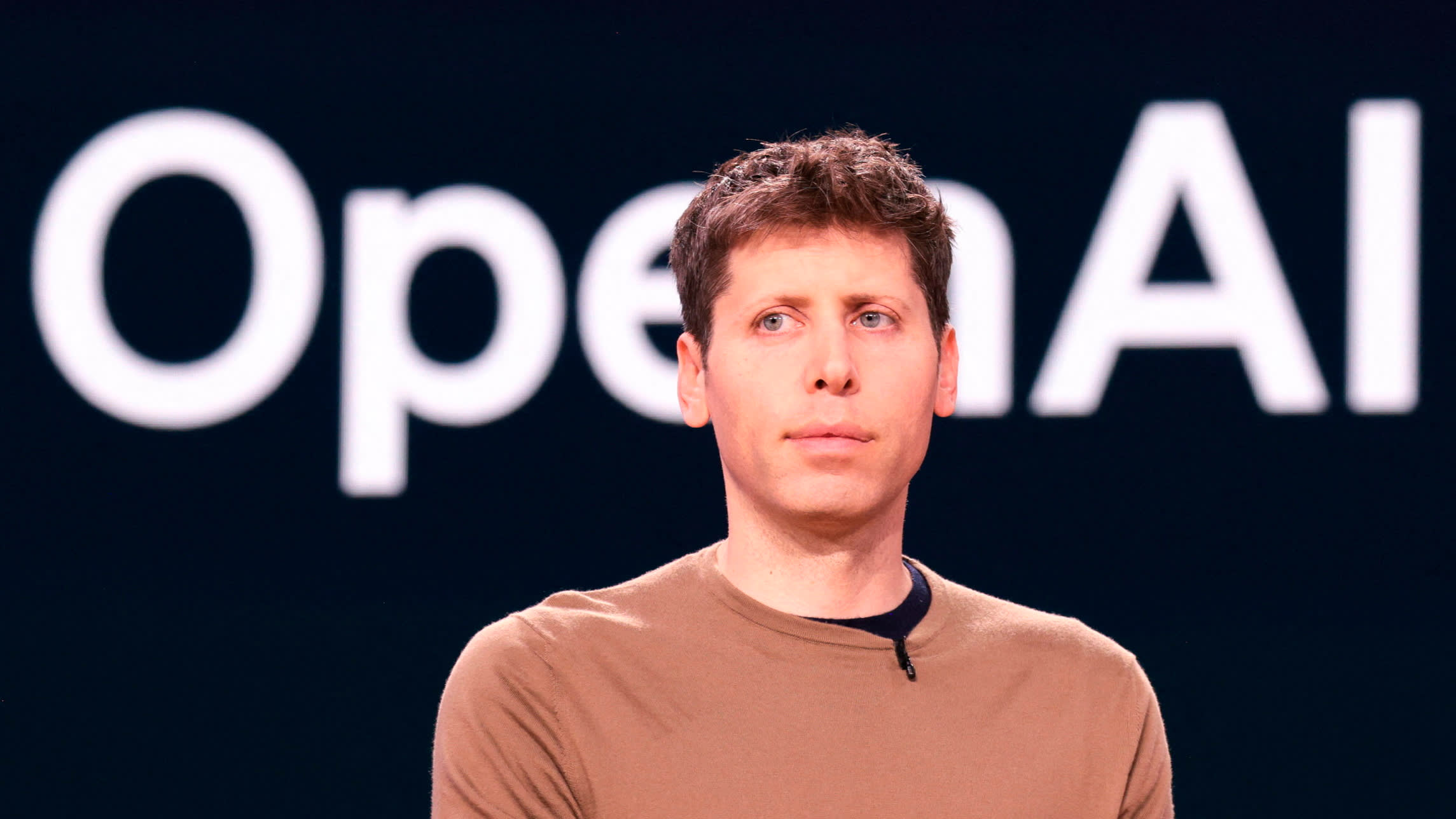
Silicon Valley takes stock of the AI bubble – Financial Times
- Silicon Valley takes stock of the AI bubble Financial Times
- Stocks may be in an AI bubble. Is it time to horde cash? USA Today
- ‘Absolutely’ a market bubble: Wall Street sounds the alarm on AI-driven boom as investors go all in Yahoo Finance
- IMF’S GEORGIEVA SAYS AI INVESTMENT BOOM EXPECTED TO CONTRIBUTE BETWEEN 0.1% AND 0.8% TO GLOBAL GROWTH NewsX
- Chance of AI market correction is ‘pretty high,’ says ex-Meta exec Nick Clegg as he pushes back on superintelligence CNBC
Continue Reading
-

Blue plaque to be unveiled at home of Thomas the Tank Engine creator | Heritage
Eighty years since the first of a beloved fleet of trains was introduced to the world, a national blue plaque is being unveiled at the redbrick house in Gloucestershire where the Rev W Awdry worked on his railway stories.
The blue plaque to be… Continue Reading
-
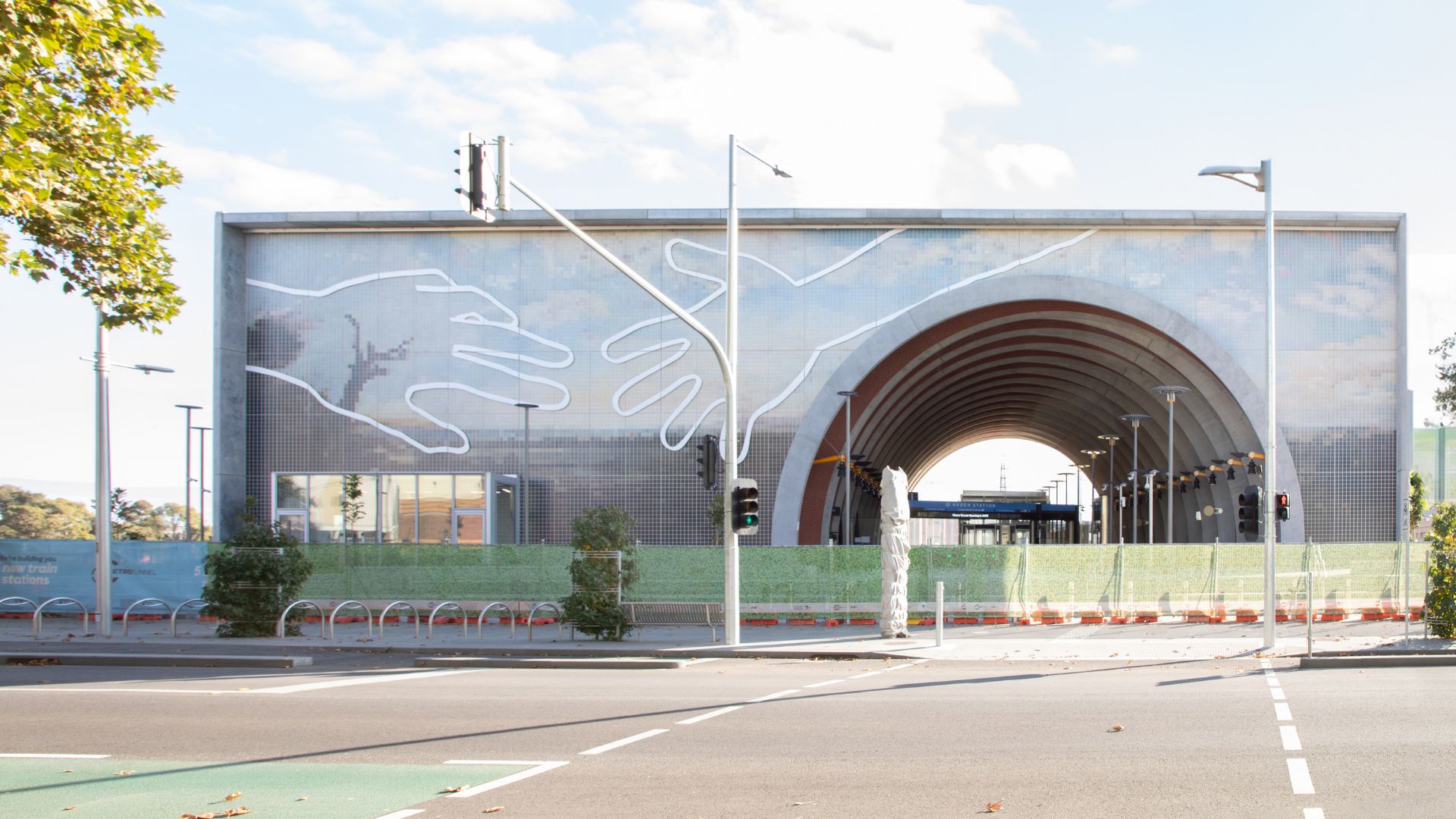
Active Surfaces® purify the air at a Melbourne train station : DesignWanted
Train stations in city centres are urban areas often associated with dirt and pollution. However, in the heart of Melbourne, a railway station is quietly cleaning the air around it. The Arden Station façade actively fights pollution, kills…
Continue Reading
-

Alzheimer’s And Cancer May Soon Be Treated With Sounds We Can’t Hear : ScienceAlert
Sound waves at frequencies above the threshold for human hearing are routinely used in medical care.
Also known as ultrasound, these sound waves can help clinicians diagnose and monitor disease, and can also provide first glimpses of your…
Continue Reading
-
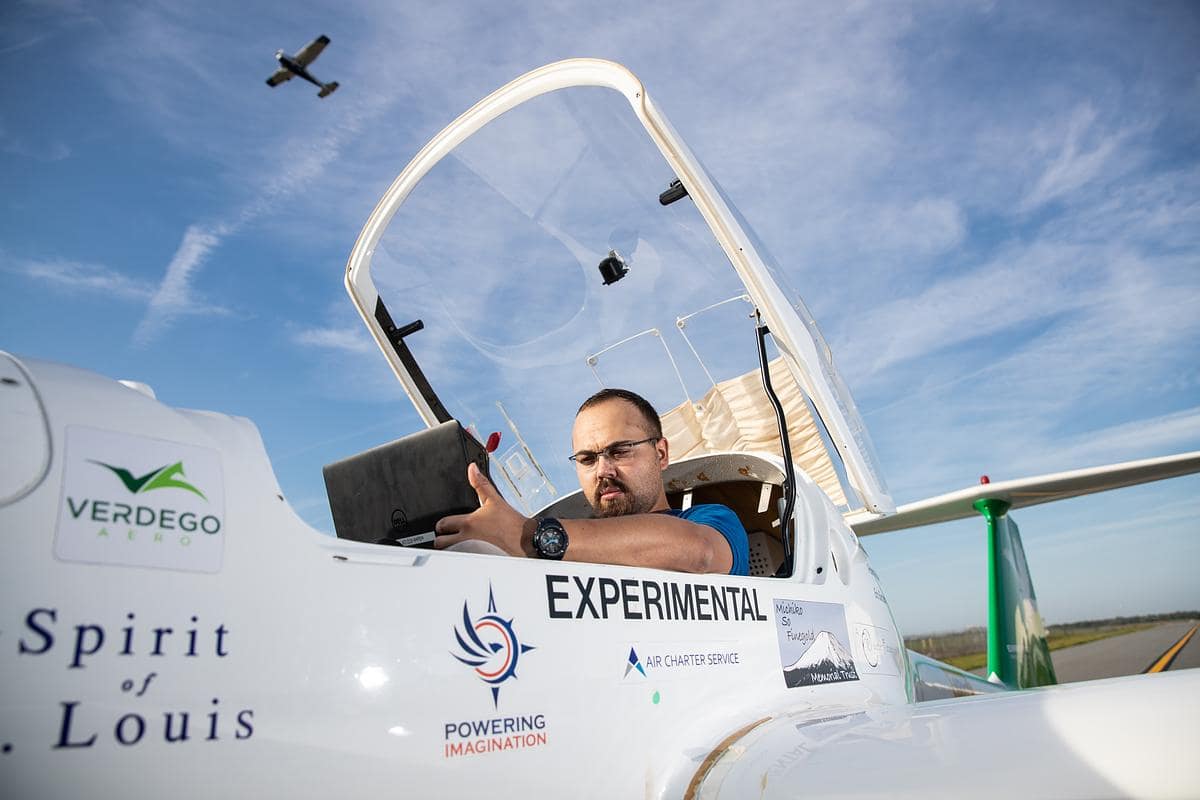
Embry-Riddle, Brazilian Researchers to Tackle Challenge of Keeping Electric Aircraft Cool
Researchers at Embry-Riddle Aeronautical University and Brazil’s Instituto Tecnológico de Aeronáutica (ITA) will combine forces on one of the main challenges of electric aircraft — controlling the heat spikes they generate at takeoff.
The collaboration is supported by a $450,000 National Science Foundation International Research Experiences for Students (NSF IRES) grant.
“Both sides have been working on the heat management challenge, so there are some real synergies,” said Dr. Sandra Boetcher, the interim department chair and professor of Mechanical Engineering and principal investigator on the project. Boetcher is working with co-principal investigator Dr. Mark Ricklick, associate professor of Aerospace Engineering, as well as Brazilian colleagues Dr. Guilherme Borges Ribeiro and Dr. Elisan dos Santos Magalhães.
The collaboration is intended to offer hands-on research training to students, preparing them to tackle the issue of heat management on electric aircraft, considered key to reducing the aviation industry’s carbon footprint. The project will involve three cohorts of five Embry-Riddle students over the next three years spending eight to ten weeks between May and August in Brazil at ITA.
Boetcher said the heat management research that she and Ricklick undertake tends to be fundamental, developing prototypes, for example, that can be further tested. Similar research out of ITA, which is affiliated with the Brazilian Air Force and the Brazilian multinational aerospace corporation Embraer, tends to be applied.
One of the main technologies the researchers from both countries are exploring relates to phase-change materials, which convert from a solid to a liquid at certain temperatures and are capable of absorbing large amounts of heat during the process.
Drs. Sandra Boetcher and Mark Ricklick, standing in front of an aircraft turbine, received a $450,000 NSF grant to offer a student research collaboration with Brazilian colleagues on heat management of electric aircraft. (Photo: Sandra Boetcher)In a phase-change process, energy, in this case heat, is expended on overcoming the molecular forces holding a solid structure together, changing the material to a liquid. No temperature rise occurs during the change. This happens in everyday phase changes, Boetcher explained.“It’s like you’re melting an ice cube,” she said. “The ice cube is melting, but the temperature stays the same,” until the ice cube becomes water and the water’s temperature starts to climb.
The phase-change materials being investigated by the researchers capitalize on the phenomenon and can be applied as a slab under an aircraft’s electrical circuit to keep it under a certain temperature.
Modeling to optimize the performance of phase-change materials with computer simulations can be time-consuming, with computational fluid dynamics problems taking as long as two weeks to solve.
Magalhães brings coding expertise that could “speed up the process of solving the problem,” Boetcher said.
The researchers will also look at other technologies to manage heat in electric aircraft, including ones that could provide active cooling rather than passive heat absorption.
Boetcher said she thinks the students who travel to Brazil will benefit deeply, even apart from participating in the technological innovations that could result.
“It’s dealing with other cultures, with other collaborators, how they view things, how they operate, how they work,” she said. “There’s a lot of maturing when you get to have these opportunities abroad.”
Dr. Jeremy Ernst, vice president for research and doctoral programs, further emphasized the value of the collaboration.
“The IRES program is impactful in creating research exposure and authentic international experience,” Ernst said. “The work led by Dr. Boetcher and Dr. Ricklick is of high value to students, offering enhanced cultural immersion in Brazil within its rich aviation and aerospace environment. This experience allows students to develop skills that are directly transferable to the global workforce.”
Continue Reading
